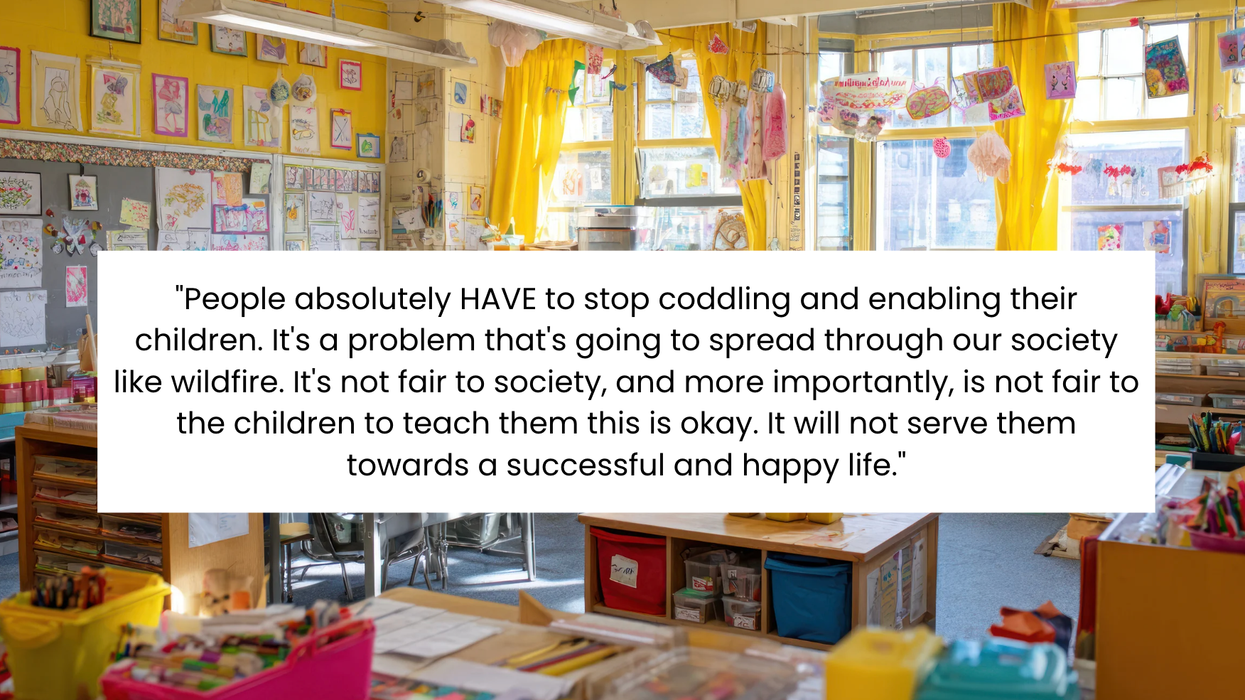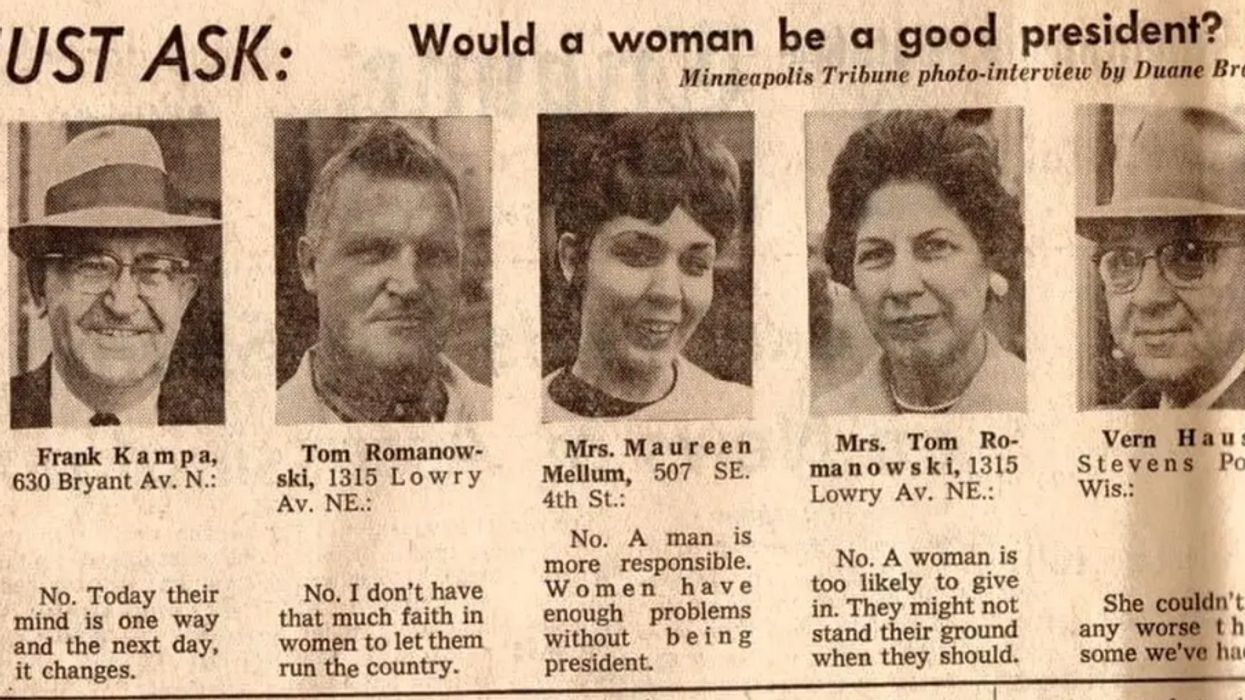It’s early afternoon and Brett Isaac, a barrel-chested 27-year-old whose soft-spokenness gives the impression of a gentle giant, is explaining the purpose of the solar trailer hitched to the back of his truck.
“One thing we never think about is that each of us produces energy,” Isaac, renewable energy Project Manager for the Shonto Community Development Corporation in Navajo Nation, tells a group of adolescent summer campers gathered against a middle school wall. “We produce heat and we produce activity. There’s no reason why we couldn’t produce energy in our own homes.”
We’re in Zuni, a small town within the Zuni Pueblo reservation just south of Gallup in Western New Mexico. As part of a weeklong Zuni Enrichment Project Summer Camp, the elementary and middle schoolers will be camping on a remote ranch for a few days, during which time the solar trailer will be their only source of electricity. Meant to promote a healthy lifestyle and provide valuable education for Zuni youth who otherwise would lack access or means to attend summer camp, the time on the ranch will primarily be used to familiarize them with Zuni traditions. The Zuni, a Pueblo peoples, have lived in their present location along the Zuni River for over 3,000 years. Currently they number around 10,000—the vast majority live on the reservation.
“I know, coming from a Navajo community, that we all live in spread-out areas,” Isaac continues, his brow glistening in the mid-day sun. “It’s hard to put lines to every single house. This provides that option for people to live and practice in traditional ways. They can live far away from everyone else, herd their sheep, ride their horses and still go home and be able to have lighting.”
The kids have started to drift off and Lea Lewis, a program staff member, interjects to regain their attention.
“Have you ever heard your mom say, ‘Turn that thing off. It's using all the electricity. What’s the matter with you?’” The wilting children stiffen up as Lewis continues. “I hope that when you grow up you’ll have a solar system like this because is doesn’t cost you any money.”
The Navajo and other Native American tribes in the Southwest have been getting by for a long time by using less energy and paying more for it—but not for want of resources. Even though the biggest coal-powered generating station in the Southwest, the Navajo Generating Station, is located on Navajo land, the power goes either to Las Vegas or to Arizona’s metropolitan areas. Many of those living in the vicinity of the NGS or other Navajo power plants, often employees of the plants, don’t have power themselves, and when they do, it’s exorbitantly priced because of transmission and utility fees—think peak energy price multipliers of up to 40 times.
In response to Lewis’ reminder to the children that electricity is costly, I overhear a Zuni staff member talking about her recent $300 monthly electricity bill (average reservation households use far less electricity than other American households).
Aside from being blessed with valuable energy resources under the ground they’ve called home for centuries, the Navajo also have an exceptionally abundant energy source shining down on them—they get a lot of sun. If exploited correctly, this moment could represent a golden opportunity for people who have been subjected to a long history of resource exploitation. Minerals like coal and uranium were notoriously taken from Navajo land by outside mining companies in the second half of the 20th century without any account for the resulting environmental or archeological damage.
“Unless we take control over what we think we’re worth we’ll keep getting taken advantage of,” says Isaac. “There’s such a long history of that—there’s probably a book out on how to do it because its been done over and over again.”
Entering the energy game may provide an opportunity for the Navajo that the rest of the U.S., being already bound by infrastructure to certain fuel sources, isn’t as adept at exploiting. “Technically we could be called the Third World,” says Isaac. “We had such delayed development and were restricted in a lot of ways. Maybe we can learn from it and do certain things differently.”
As Isaac and I talk, the kids explore the trailer— some of them plugging their cell phones into the wall-mounted sockets for a much-needed charge. “I want them to see this as a canvas,” says Doug Yazzie, Isaac’s college friend and co-worker, who sports a backwards cap, white shades, and a well-kept goatee. “You could make this into an RV. The possibilities are endless. I have a background in the entertainment industry and all I can see is studios purchasing this so they don’t have to run generators onsite. This would save them millions of dollars in fuel expenses.”
Isaac designed the solar trailer himself, which has mounted panels on the roof and a battery and control console inside. Meant to bring power to those in need, or for other temporary or mobile purposes, Isaac sees this early version, only the second he’s made, as a prototype—one that’s already garnered significant attention from places like the Navajo Department of Public Safety, which could use the trailers in cases of remote floods or fires when electricity is otherwise unavailable.
As the kids enter the plywood-lined interior of the trailer, which looks and smells like a newly assembled storage shed, Isaac continues to describe what is clearly a labor of love as well as practicality. “You can power anything in here. I actually have a system like this where I have a 14-foot inflatable screen and projector and can go in the middle of nowhere and play video games and watch movies. It’s a really unique feature.”
Isaac’s background doesn’t include technical training or engineering. (He has a B.A. in Native American Studies from Arizona State University.) He attributes his technical know-how to his childhood on the Navajo reservation in which he worked with his father, a welder. He also considers Navajos to be a very resourceful people, accustomed to figuring out how to do things without much training or guidance.
“Brett is remarkable in many ways,” says Roger Clarke, a grey-haired, mustached, middle-aged man and one of three members from the conservation organization the Grand Canyon Trust. Located in Flagstaff, AZ, the Trust provided financing for the solar trailer as part of their goal of encouraging environmentally sensitive, community oriented economic development in the region. “Whether dealing with bureaucracy or machinery he seems to have a knack for figuring things out,” continues Clarke, the Trust’s program director. “He’s one of these guys who went off to college and came back to the res and just rolled up his sleeves and started solving problems.”
While trailers and other portable solar-powered devices are opening up new and potentially large revenue streams for Isaac and the Shonto chapter—the company is community owned and all revenue goes directly back to the community—his main business is still ground-mounting solar for houses and commercial properties.
The turquoise-adorned necklace around his neck sways as he reminisces about the moment he was sold on the job. “The first install I did was for a lady who lives twenty miles from the main road but it took about an hour to get there because it’s so rocky. After we installed the system the coolest thing was watching her open the fridge and seeing the lights come on. You could see it in her face; she had wanted to live there but couldn’t because she had a grandson who needed a respirator. Now they live out there and she doesn’t have to worry.”
A lot of the people Isaac installs solar panels for in Ireland-sized Navajo Nation are fearful of overburdening the systems and only use about ten percent of the potential as a precaution. Isaac tells them that when the sun is out they should use whatever they want because it’s free power. For a community where unemployment hovers around 40 percent and over half the population lives below the poverty line, providing something as valuable as electricity doesn’t only help usher people into the modern age but it also opens up corresponding economic, educational and social opportunities.
“It feels good and at the same time it’s actually meaningful,” says Isaac. “I really do believe it’s going to change how they live their lives.”
This is the third of four pieces exploring energy and the environment in the American Southwest. Read the first in the series.
















 Otis knew before they did.
Otis knew before they did.